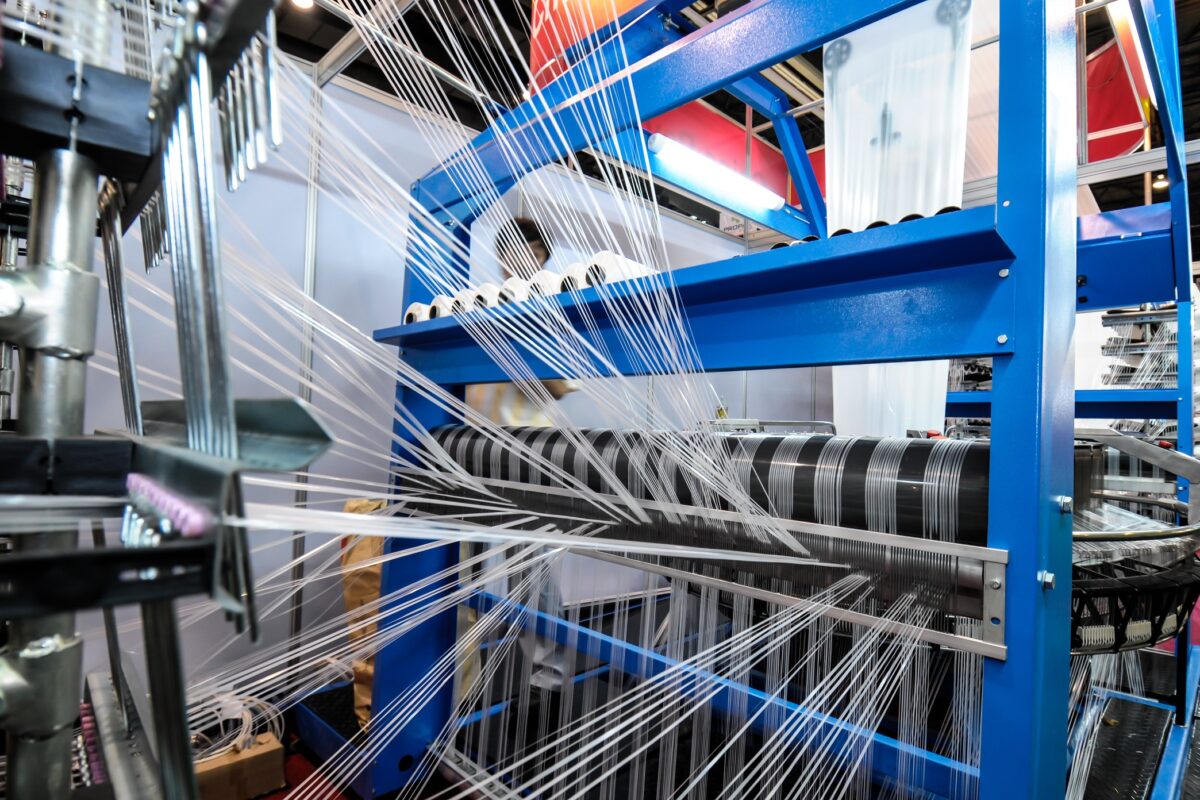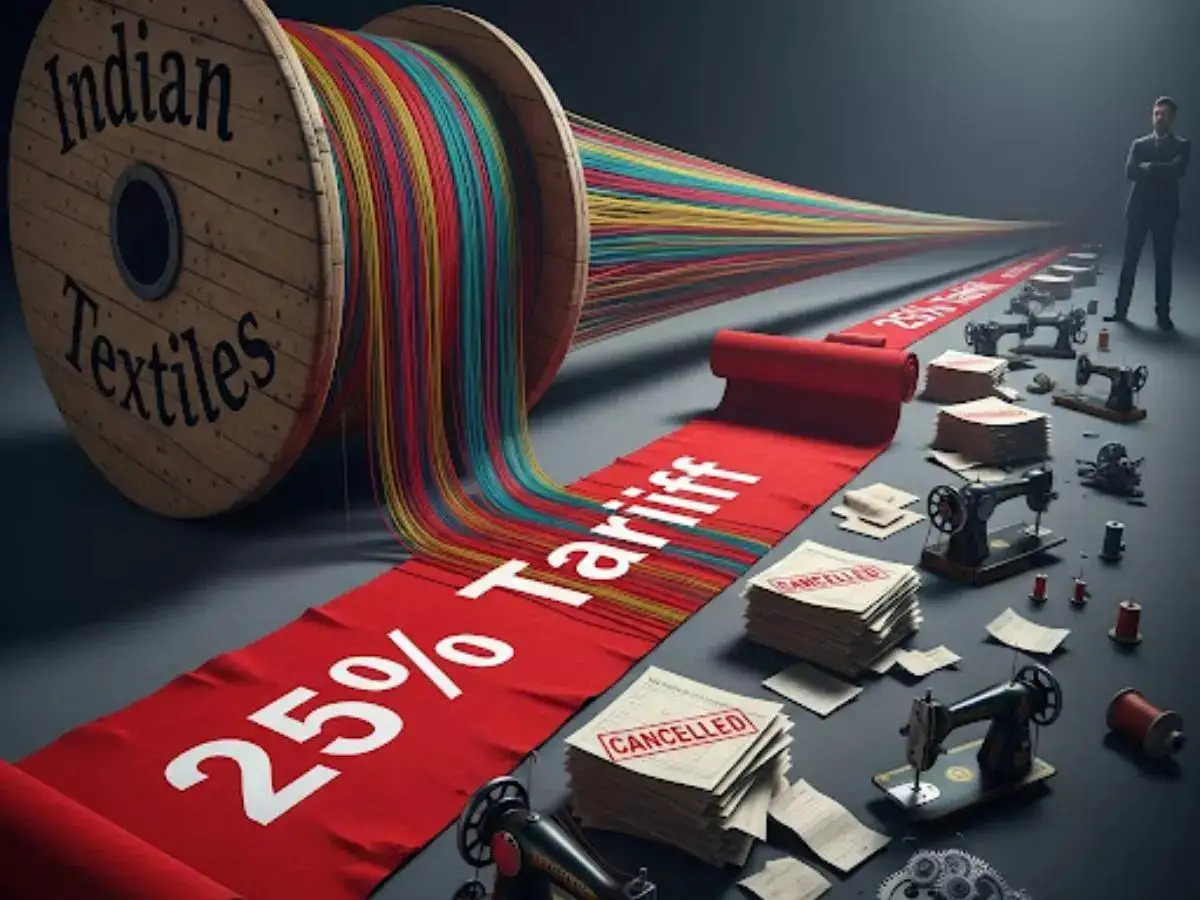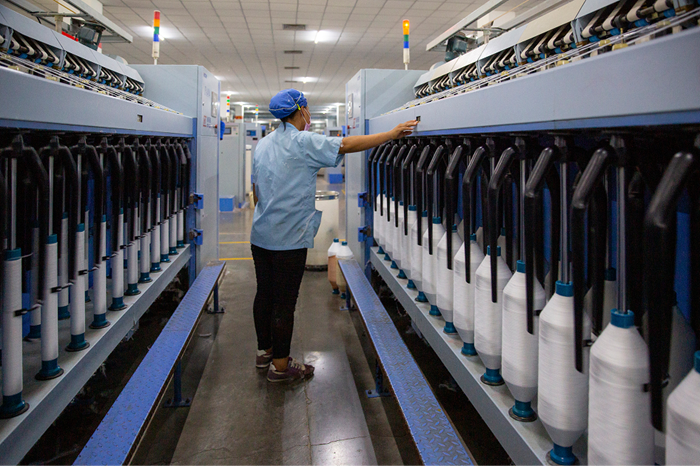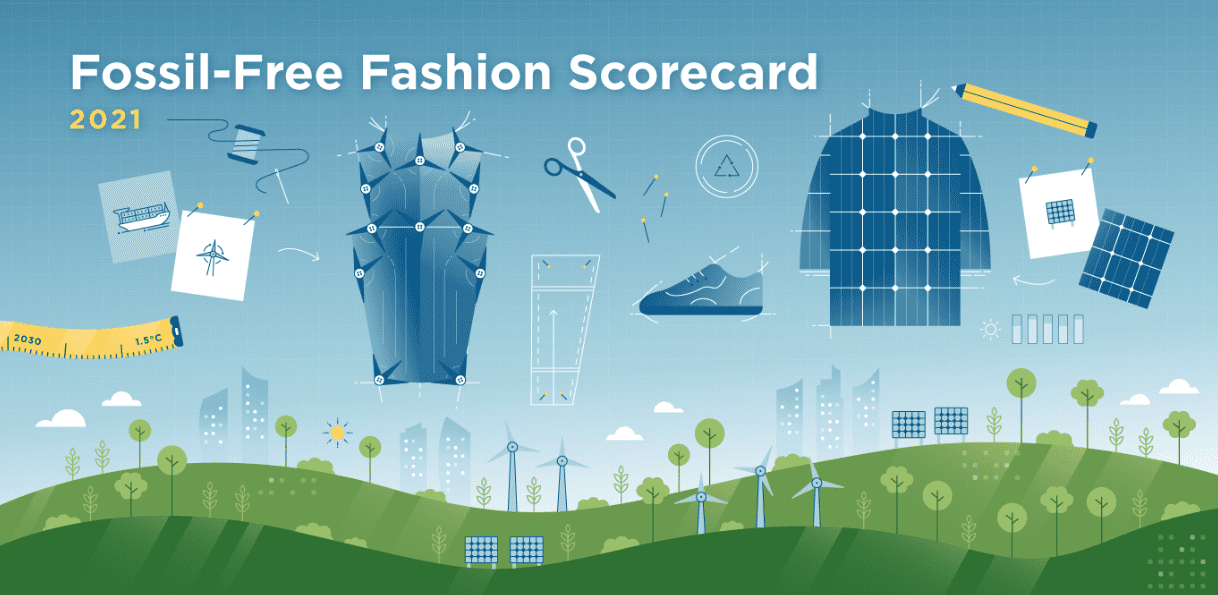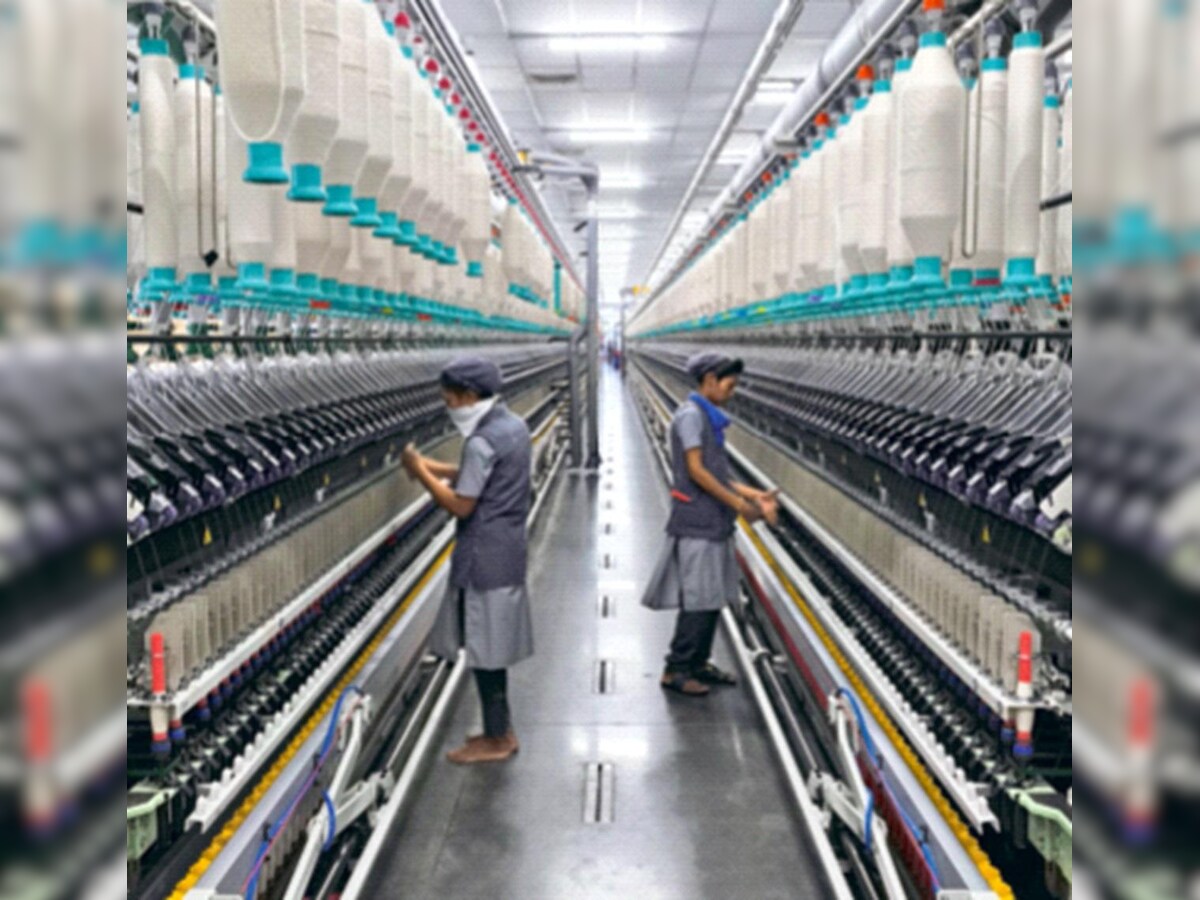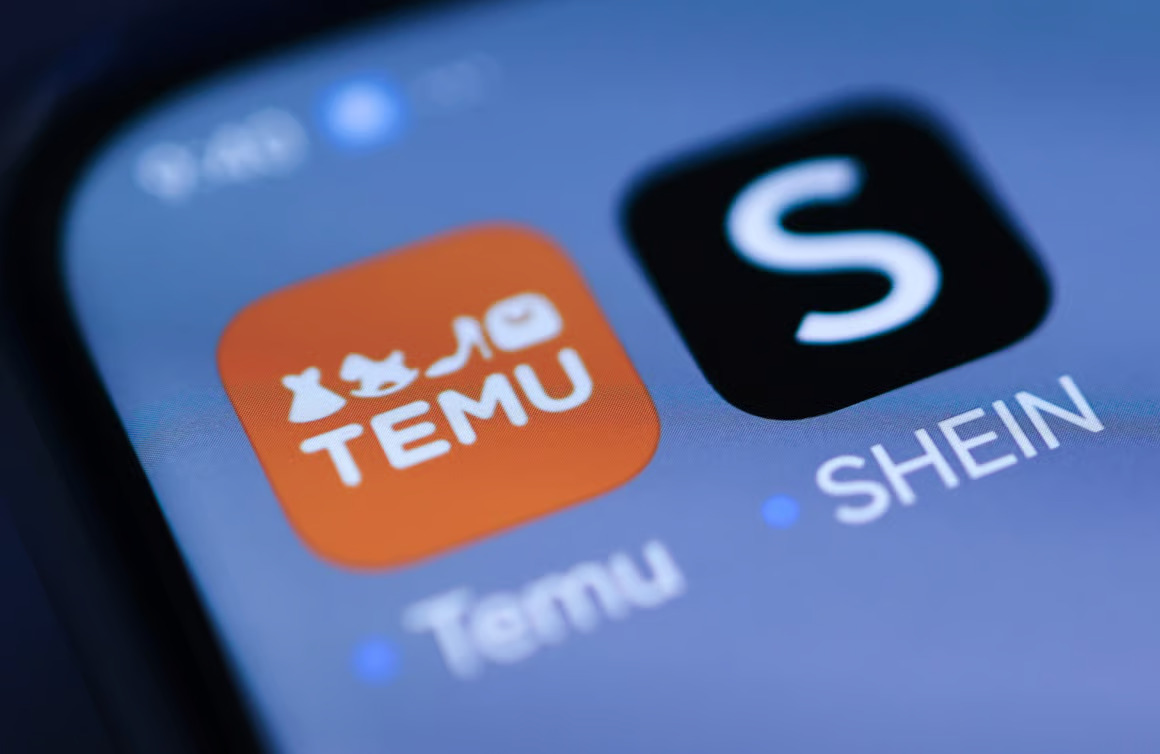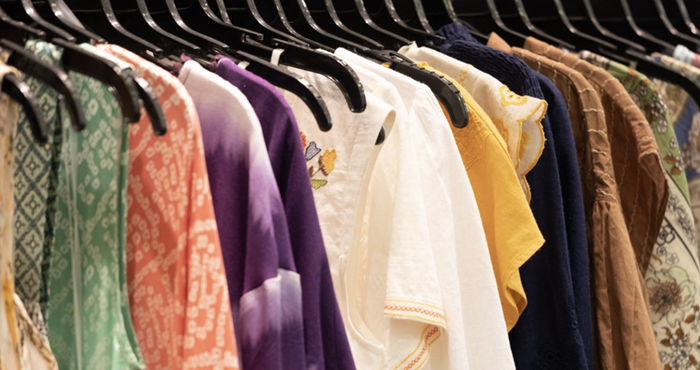"Australian buyers today seek long term partnerships with reliable suppliers besides a transparent supply chain. Since the last two years there has been a growth in the number of visitors insisting on certifications and details of manufacturing and supply chains of a product. There is also a significant interest in organic and eco friendly textiles."
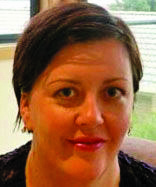 The Melbourne International Exhibition Australia was held from November 22, 2018. This year the event got a huge response from both exhibitors and visitors. Julie Holt, Executive Director, International Sourcing Exhibition Australia speaks to DFU about the show and current Australian market
The Melbourne International Exhibition Australia was held from November 22, 2018. This year the event got a huge response from both exhibitors and visitors. Julie Holt, Executive Director, International Sourcing Exhibition Australia speaks to DFU about the show and current Australian market
Please elaborate on the major exhibitors at the show. What was the visitor turnout?
Co-organised by three major exhibitions -- The China Clothing Textile Accessories Expo 18th edition, 3rd Footwear and Leather Show, and 9th International Sourcing Expo -- the Melbourne International Exhibition Australia was attended by over 700 exhibitors from 20 countries. This also included a few new countries and a number of companies from the United States. The show, from being a purely Asia Pacific Indian sub continent show is transitioning to having elements of Africa, Europe and the United States. The quality of the show has also improved over the last two to three years.
Which was the largest participating country?
Besides China, it was definitely India which had about 130 participants from apparel, footwear and leather brands. Many brands have been participating for years and are familiar with the buyers. Along with them several new buyers were also added this year.
Tell us more about the Australian textile and fashion market.
Compared to the rest of the world, active wear has a strong growth market in Australia. Since Australians are particular about the quality and narrative of a product, fast fashion is not popular in the country. Hence, we did not have enough exhibitors in that category. However, the market for accessories is strong leading to a large number of exhibitors in this show.
What is the focus of the exhibition: exports or the domestic market?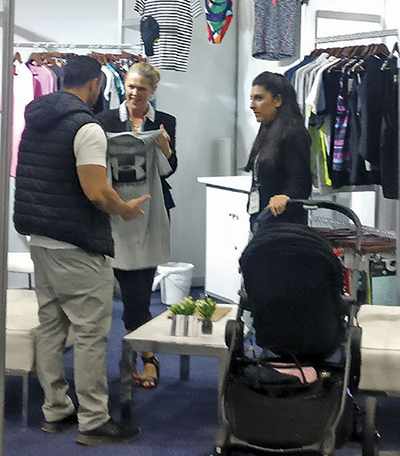
The Australian Fashion Council, which co-hosted this show, aims to partner Australian designers in exporting our designs. We hope that some of these Australian designers have captured the attention of international influential companies which will provide them with an export market. AFC aims to not only protect the industry in Australia but also expand it.
Though the number of exhibitors has grown exponentially, the number of visitors has not grown proportionately. How do you plan to tackle this?
To enhance visitor experience, we introduced many new initiatives such as the global runway and an online business matching platform to connect with exhibitors. We have also increased the number of seminars by 30 per cent. Rather than increasing the number of exhibitors or visitors to our show, we aim to make them stay longer with us and engage in sourcing activities.
What are Australian buyers looking for?
Australian buyers today seek long term partnerships with reliable suppliers besides a transparent supply chain. Since the last two years there has been a growth in the number of visitors insisting on certifications and details of manufacturing and supply chains of a product. There is also a significant interest in organic and eco friendly textiles. This was evident in the number of exhibitors who displayed signs/handwritten signs saying ‘Got Certified’ on their pavilion.
What is the status of Chinese market which till now was the largest exporter for Australian apparels?
The Chinese market has reached a threshold and is on the decline. India and Indonesia are the two countries that are likely to see a big jump in buyer activity from Australia. Since some of the garment innovations in these countries are similar to those in Australia, trade with these two countries along with Malaysia is likely to increase.
What was the highlight of this year’s show?
There were three highlights in this year’s show. First, the number of countries who participated increased to 20. Second, the global runway not only engaged the audience but also made them reflect on the show. The third highlight was the VIP buyer programme combined with online business matching platform.
What will the next edition offer?
It will be a more engaging opportunity. Opinion will be expanded one way presentation, a more effective business matching platform and a trends area. We expect European participation as well particularly on the runway.
Any particular new sector which could be addressed?
We need to make navigability of the show easier for buyers; to have more clearly designated products and trend areas.
Do you see the number of Indian participants increasing next year?
There might be a slight increase as we are not actively perusing a larger participation because we want a more dense experience. We want exhibitors and visitors to be more active together. Our seminar program is quite successful compared to other sourcing events. We branded the sourcing program for the first time this year which was well received and offers a lot of value for visitors and exhibitors alike.

